
Terraced school, Lloret de Mar

Terraced school, Lloret de Mar
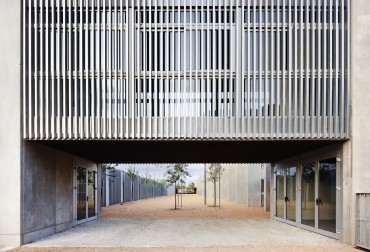
Terraced school, Lloret de Mar
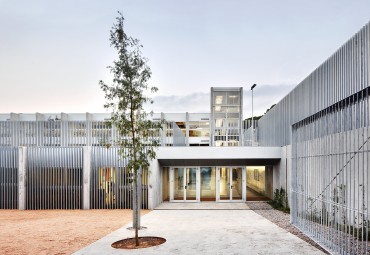
Terraced school, Lloret de Mar
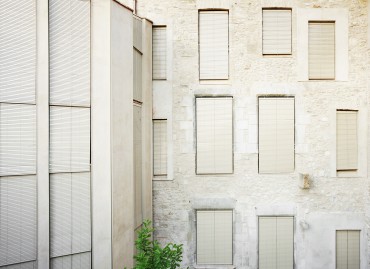
Casa Collage
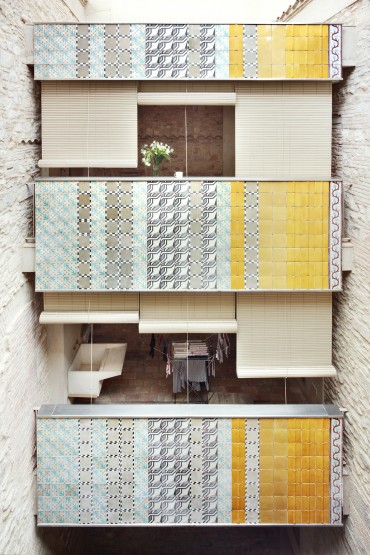
Casa Collage
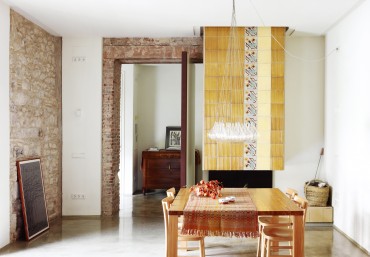
Casa Collage
28.8.2013 – Issue 12 - Earth – Steinemann Ramias, Capdeferro Bet – Interviews
EARTH & PRIVATE PRACTICE
Interview with Bet Capdeferro
Our semester task was earth: To speak of the earth requires us to think about the other elements the water, the air and the fire. How do you relate earth to the other elements?
Of the four elements, earth is the one that represents the solid state of matter, and consequently, is the only one with the capacity to provide physical and visible testimony of the effects of the presence of the other three. Water, air, and fire leave a precise footprint of their action on the earth. In a sense, the earth contains the other three elements in its essence. Its form is entirely determined by the processes it has hosted, and reveals to us the history of our world in the key of geological time. We are enormously interested in the capacity of earth to be the present time face of the processes that have shaped it. At geographic scale, the earth counters the liquid state of water and the seas. Its solid nature has made the earth the base territory of human settlement. This condition of original stratus, inhabitable and configurable, so relevant to man, has also made the earth a tangible testimony of the social and cultural dynamics of the civilizations that have inhabited it. From this point of view we are interested in and marveled by the earth's malleability, shown throughout time and in relation to diverse ways of inhabiting it.
How do you relate earth to architecture in your practice ?
Architecture never starts from scratch. We understand that the architect's principle task is and will always be to transform. We feel a part of the chain of generations that has shaped and reshaped the earth's crust over millennia to establish its habitat, at first taking advantage of the surface's happy accidents, and later moulding them to better adapt them to people's needs and dreams. We find it important to remember and defend the relevance and potential of the process of the reconfiguration of land - land displacement in office speak - as a fundamental act of architecture. This first act of relating to the earth contains the greatest number of vertebral decisions; it defines, in large part, the way in which we will inhabit the place. In the studio, we believe that decisions referring to implantation and configuration of the habitable territory are of infrastructural importance for the project, as they have the capacity to transform the natural and human dynamics of the site, even more so than the survival or use of the actual building. The earth is not only the physical base of architecture; it is also the great provider of material for human constructions. As architects we move matter and relocate it according to the logic of the project. Subtract and add. Extract and relocate. It is all about recycling.
How does architecture benefit from earth and topography?
Speaking of geo (earth) and topos (place) suggests establishing interrelationships and bonds between scales of matter, between macro and micro. Topography describes particular areas within a general geographic frame; the spaces we perceive, we understand and retain as places. Architecture, which can also be conceived of as a complex, anthropic topography, always sets out from a determined microcosm and builds a new one. By configuring extremely local systems, by the precise domestication of our most immediate surroundings, we define our particular way of relating to the universe. And if topography tries to reflect in objective terms the physical reality of places, toponymy superimposes on this reality the stratus of the events that take place there. In this sense we conceive of architecture as a toponymic discipline, convinced as we are that the ultimate goal of our work is to be able to build spaces for life.
(Photos by José Hevia)
Download article as PDF

